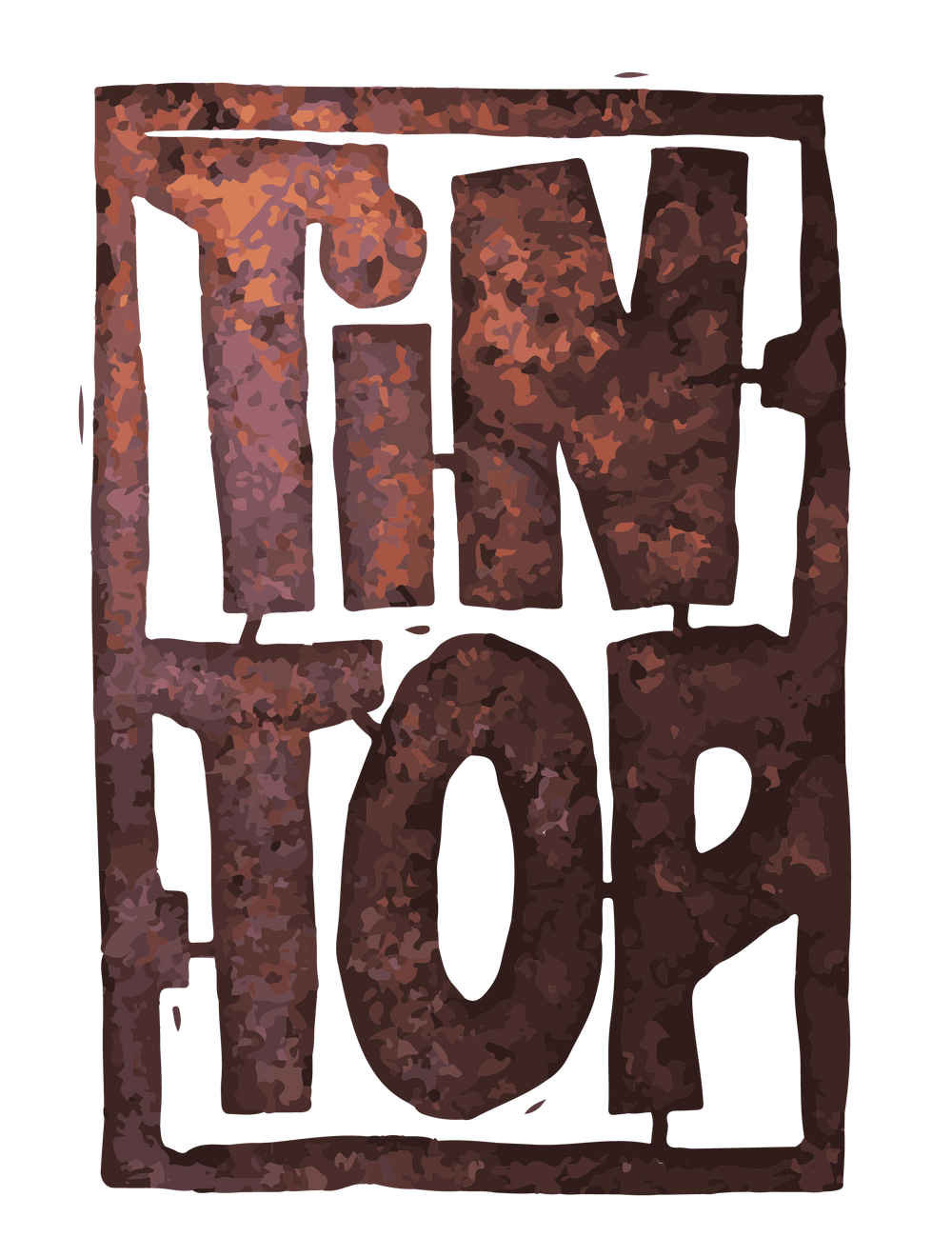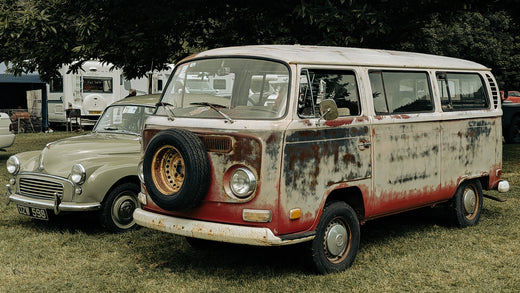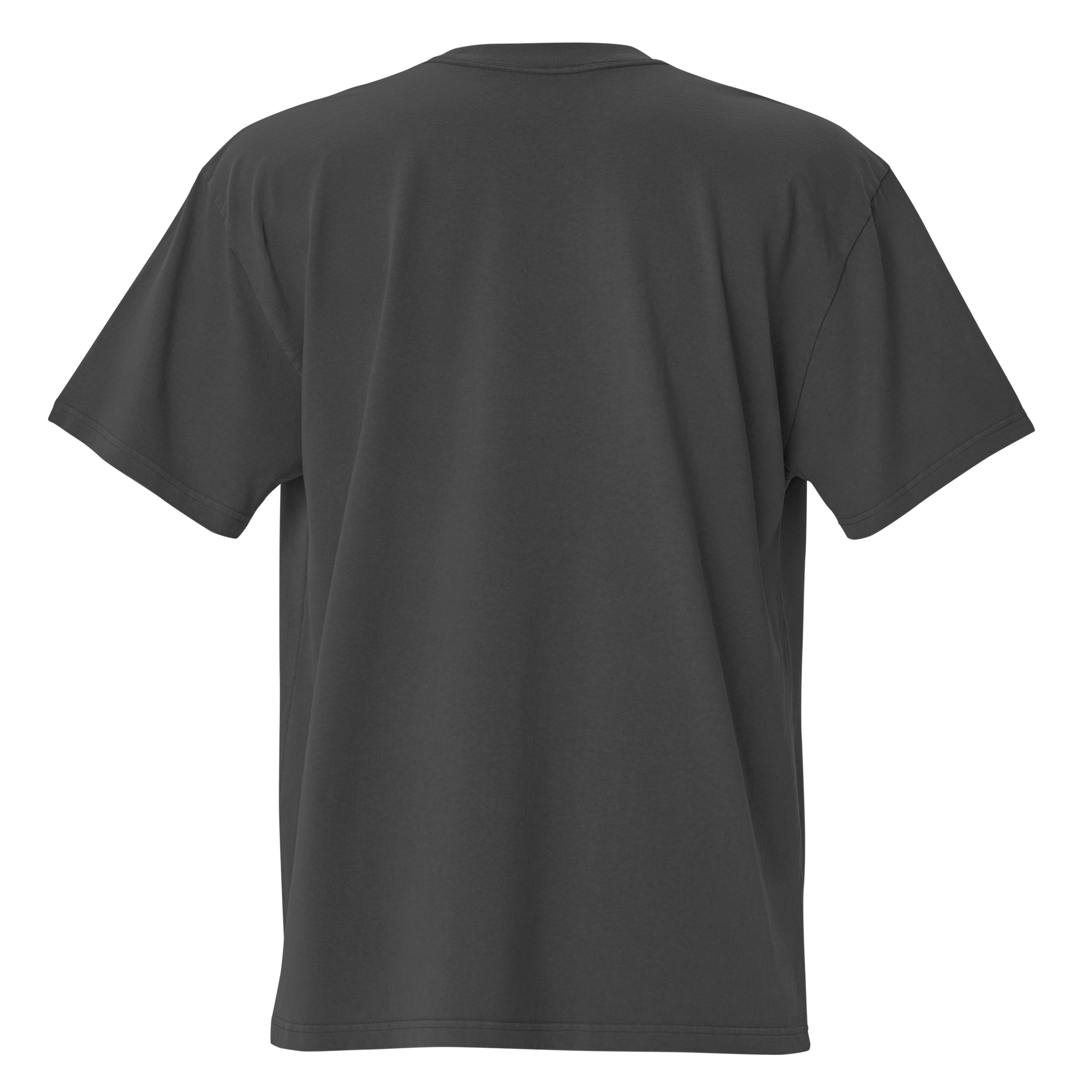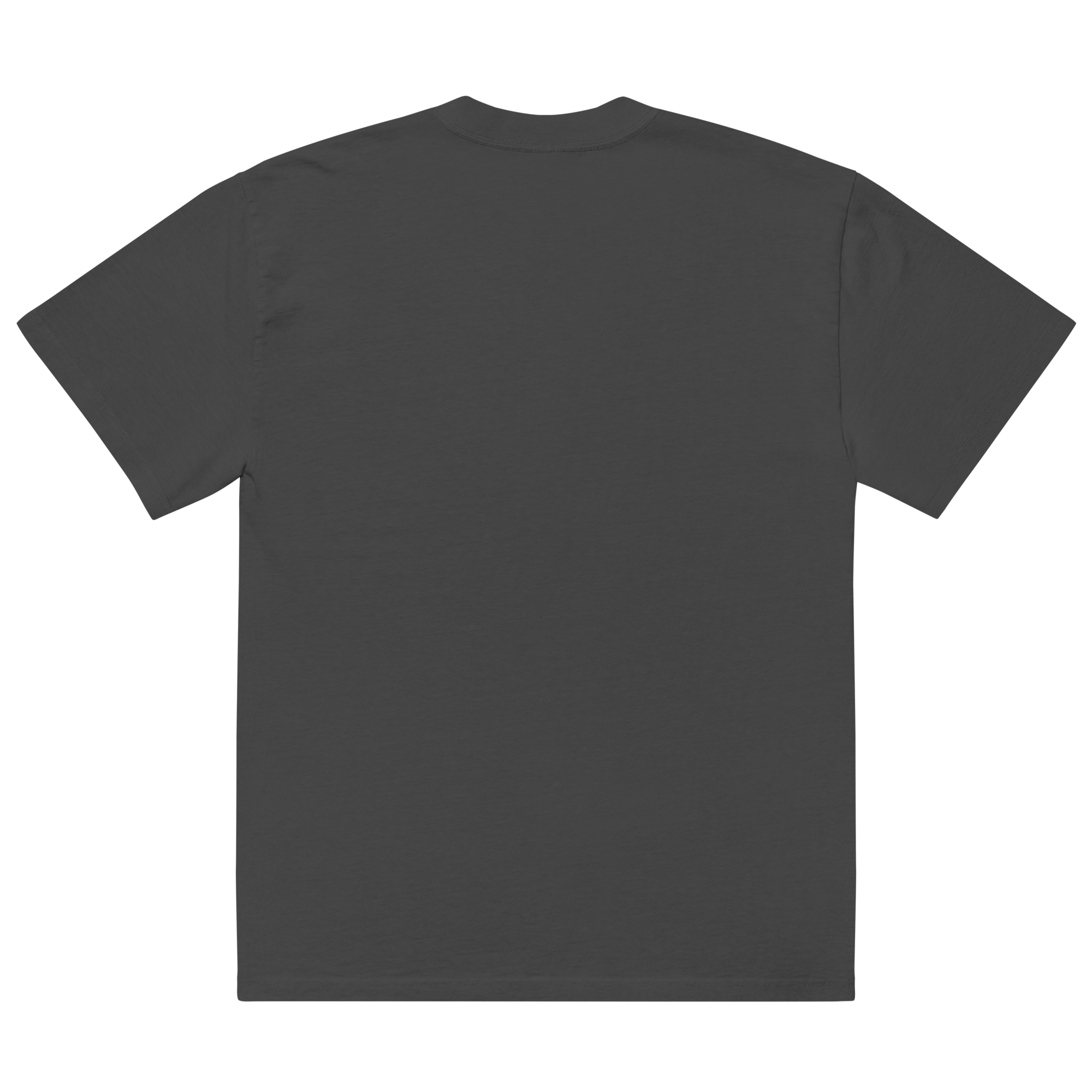On Monday 16th August 1971 our Chianti Red Volkswagen Kombi was built in Germany for export to Portland in the USA. The van was optioned with a middle bench seat and interior trim (this was a lower option than the full “bus” which had a more luxurious rear interior). It also came with vent wings in the cab doors (aka opening quarter lights), vent wings in the rear windows, and “Continental” tyres.
 A page from the 1972 brochure.
A page from the 1972 brochure.
As the van was USA bound the odometer was to be in miles, there was an activated carbon container to absorb fuel vapour, and a laminated windscreen was fitted for safety. Other luxuries specified included a rear-view mirror with “anti-dazzle”, a rear window defogger, and a padded instrument panel. American style sealed beam headlights were fitted along with side lights and reversing lights. Seatbelts were fitted all round. For 1971 this was a well kitted out van by European standards – probably not so much by US standards!
I can tell you all that because it says so on a metal plate behind the driver seat. The plate is stamped with “M codes” representing optional extras ordered with the van. It also tells us the van was painted L31H Chianti Red and fitted with “51 – Dark Beige Leatherette” door panels and seat covering. The engine was a type one 1.6L with 50bhp. As an early bay window van the colouring was more of the 1960s than the later greens, oranges and blues often associated with 1970s Volkswagens.
The van was one of the first fitted… actually let’s stop there for a minute and discuss some terminology. I love commercial vehicles. I own a 1985 Mercedes T1 pick-up truck, and I have just sold a 2012 VW T5 that I converted into a campervan. There are many words used to describe 1970s VW Type 2 vehicles – bus, station wagon, bulli, kombi, scooby doo van, bay window, hippy van, bread loaf, and more besides. Some people will argue that VW themselves used certain terms for certain vehicles, but I don’t think they did except perhaps in regional marketing and adverts. Generally, it is considered that without windows it is a van (or if windows were added after market, then a converted van). If it has windows but a more spartan rear interior, then it is a kombi or combination cargo and passenger vehicle. If it is a bit more luxurious with full headliner and rear heating, carpet, and coat hooks etc then it is called a bus. Add a bed and a kitchen and you have a campervan or campwagen or Westfalia or Dormobile or any of a million other names. Most owners in the UK call it a bus. If you call it a van, they will sharply correct you. In Australia and South Africa, they are all a Kombi or Combi. The average Joe Soap probably mostly refers to them as a campervan even if they are not. I call mine a van because I just think bus comes with notions, and Kombi sounds like it should be used for carrying wallabies from Woolloomooloo to Wattanobbi. Where was I…
 Chronicle 1971: Diagnosis and maintenance system, Copyright: Volkswagen AG
Chronicle 1971: Diagnosis and maintenance system, Copyright: Volkswagen AG
Being a 1971 the van was one of the first fitted with Volkswagens digital diagnostic system, which was an advanced computer check-up system that could run 50 – 70 checks and measurements to determine the health of your VW. Five vouchers were provided with every vehicle for free diagnostic checkups and then after it was a chargeable service. Our van still has the book of diagnostic coupons and the first 5 are used with another 10 or so remaining. Unfortunately, the used ones were removed, and I presume used by the dealer to get a payment from VW. Like with most classic VWs the diagnostic system was pulled out at some point and the diagnostic services provided by VW were also abandoned in the mid-1970s.

The van was delivered new to Theodore Border in Pittsburg, California on the 24th of September 1971 by Delta Volkswagen in Antioch, California. I would love to know if Mr Border turned on his new Blaupunkt radio and dialled in a music station for the latest top 10 hits from Paul McCartney, Donny Osmond, and the Bee Gees or was a sensible fuddy duddy listening to a news channel and the latest happenings in Vietnam. Maybe he just sat back and took in the drone of the aircooled engine as he pottered home for the first time.
I have Mr Border’s full address and telephone number and a quick Google search shows that he still lived in the same house at least as late as 1998 but he appears to be now deceased. Unfortunately, Delta Volkswagen is also deceased, and the showroom appears to be a kidney dialysis clinic now!
 The former showrooms of Delta Volkswagen, Antioch, California
The former showrooms of Delta Volkswagen, Antioch, California
The van has a full-service history up to 59874 miles on the 6th of January 1978 when it was last stamped by Delta Volkswagen. The final record in the book is for “valves” at 8356 on 21st May 1982 miles with no dealer stamp. This is marked in the 84,000-mile box which might suggest a 0 is missing, or perhaps the clock had passed 100,000 miles in the previous 4 years. Today the mileage sits at 20,000, which given the condition of the van mechanically I believe could be a genuine 120k.The engine is not original however as that had gone missing before I took delivery.
The next bit of paperwork I have is a payslip I found in the glovebox. It is for a Robbie Lee Foster of Oroville California and is dated Sept. ‘85. Again, I have his full address and his employer details, and it would appear he was an engineer. A well paid one at that. On the 16th of October 1985 Robbie Lee renewed the California registration for the van at a cost of $26. I am not a researcher, and I didn’t make too many efforts to locate Robbie, but a Google maps satellite view of his 1986 address appears to show it has recently been burnt to the ground in a massive forest fire. That is a very odd coincidence – read on.
The final bit of paperwork I have is a title for the van dated 15th January 19 which I presume is 2019. It shows that the registration expired on 16th December 2000. The last sold date is 1998. The gentleman whose name is on the title lived in Paradise, California. He is John, and his previous address before the one on the title is “Oroville, California”. Is it possible he purchased it from Robbie Lee? The title is marked as a duplicate and the reason for that is I suspect because unfortunately John lost almost everything in the “Camp Fire” of 2018 that devastated Paradise California.
Apparently, John was a big collector of VWs and had a yard full of them. In November 2018 wildfires ripped through California killing dozens and destroying most of Paradise. They razed John’s home and made scrap of every Volkswagen in his yard. All but one. Our little van took a beating. It still had the scars to prove it took some heat including a melted dashboard, lots of melted plastic trim, and some interesting and unusual patina paint. The tyres melted, the lamination on the windscreen melted, and the rubbers around all the windows burned away. Remarkably the metal body was not distorted, and the van was able to be saved.
 Our 1971 van just after it arrived in Ireland. Not the melted indicators and windscreen.
Our 1971 van just after it arrived in Ireland. Not the melted indicators and windscreen.
I don’t know the full story of how the van ended up in Ireland, but I do know it was imported by Roadcow aka Britt Grannis who is an absolute legend of the Volkswagen scene in both Ireland and California. Riggsi of Retro Camper in Meath was the first owner of the van in Ireland, and I swapped a 1961 project Splitscreen Van with him on the condition that the Paradise van was running, roadworthy, and ready to enjoy. I didn’t have the time or energy to get the 1961 van on the road unfortunately.
When Riggsi started to work on the van in 2020 he got a bit of a fright when he stumbled upon a Black Widow spider that had acted as a stowaway on the vans journey from California to Ireland. After running a mile and probably wanting to set the van on fire again he consulted an expert from Galway University who assured him that a Black Widow wouldn’t survive winter in Ireland. Winter came and went and more Black Widows were discovered giving the van the nickname “The Spidervan”. Eventually the van had to be fumigated and work on making it roadworthy commenced in 2022 with the help of VWSpares in Kildare.

In late 2022 the van started its new life on the Cooley Peninsula – 51 years after it first left Europe. It had barely settled in when some of the worst forest fires in local memory raged across the mountains just 400m from our front door. Maybe the van comes with some sort of curse, or maybe the type of people attracted to rusty old vans are also attracted to a slightly off-grid lifestyle on the side of a forest. Who knows.
I am currently about to start working on the interior of the van to bring it up to a comfortable standard. You can follow my progress on our YouTube channel. Expect the first video very soon.
Update on 15/01/25 - See a similar story here







